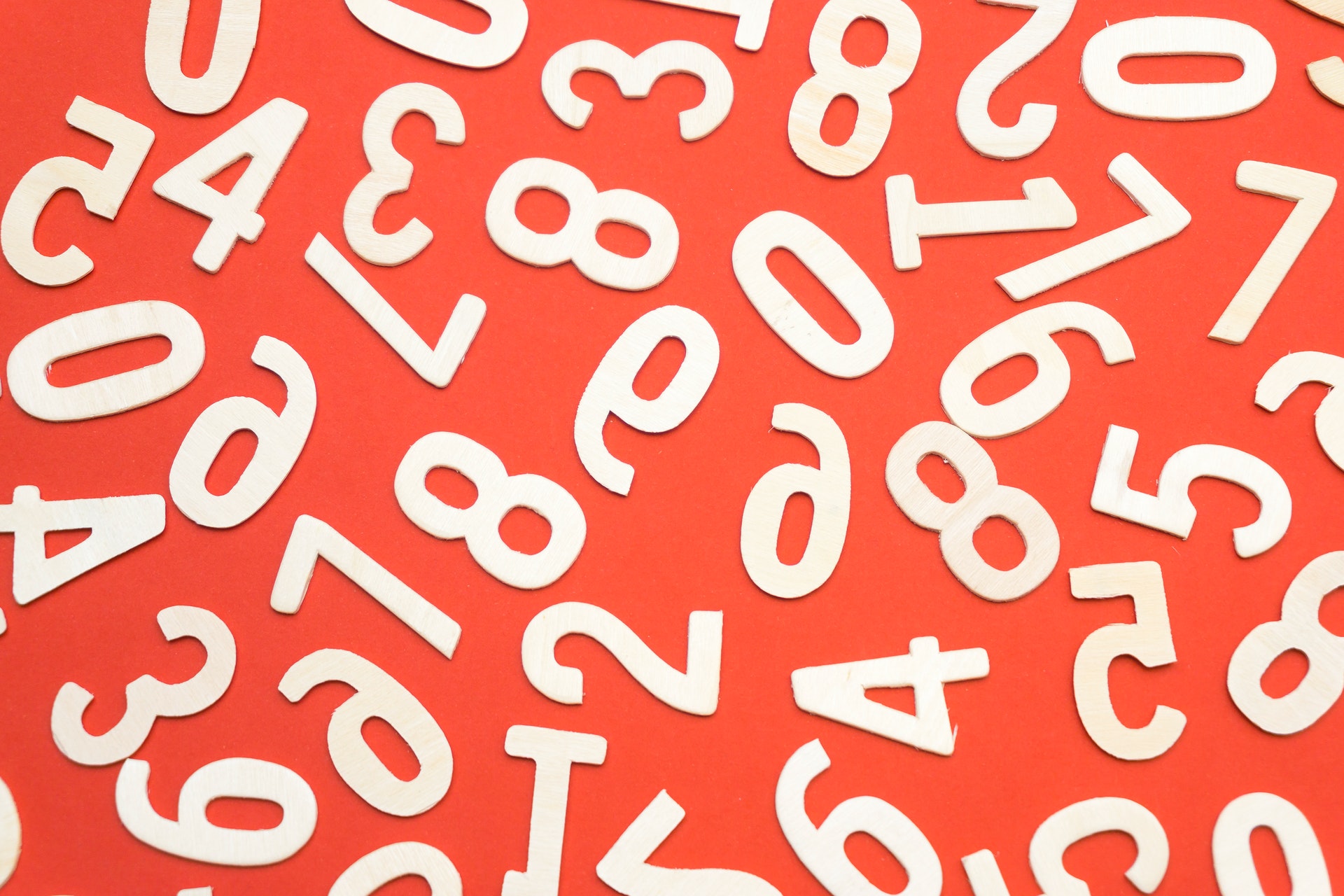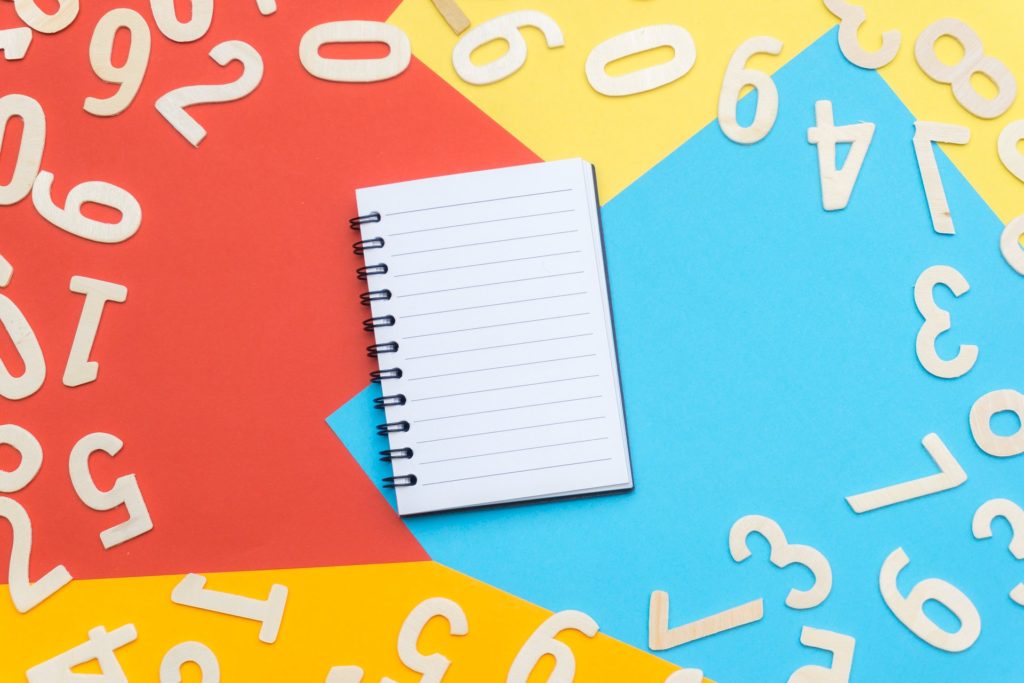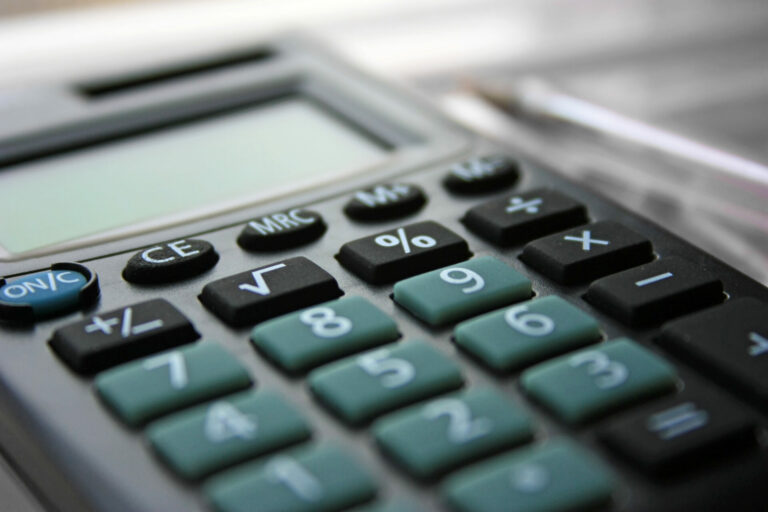We are often asked, what are cube numbers? Well, they are special types of number that are important in working with numbers. They are the result of multiplying a number by itself three times. For example, the number 5 can be cube-multiplied to become 125.
Cube numbers are important in maths because they can help to simplify complex calculations.
Prime Numbers And Square Numbers In GCSE Maths

Prime numbers are an important part of GCSE Maths Foundation. They are numbers that can only be divided by themselves and 1.
For example, the number 7 is a prime number because it can only be divided by itself and 1.
Prime numbers are important because they can help to simplify complex calculations.
These are used in many different real-world applications, such as in cryptography and security.
Square numbers are another important part of GCSE Maths. They are the result of multiplying a number by itself. For example, the number 4 can be squared to become 16.
Square numbers are equally as important because they can also help to simplify complex calculations.
These are also used in real-world applications, such as in construction and engineering.
Rational And Irrational Numbers In GCSE
Rational numbers are an important part of GCSE Maths. They are numbers that can be expressed as a fraction. For example, the number 3 can be expressed as the fraction 3/1.
Rational numbers are important because they can help to simplify complex calculations.
Additionally, they are used in many different real-world applications, such as in finance and economics.
Irrational numbers are another important part of GCSE Maths. They are numbers that cannot be expressed as a fraction.
For example, the number π is an irrational number because it cannot be expressed as a fraction. Irrational numbers are important because they can help to simplify complex calculations.
These are used in many different real-world applications, such as in physics and mathematics.
What Are Cube Numbers?
They are numbers that can be multiplied by itself three times to result in a number. For example, 5 can be cube-multiplied to become 125 (5x5x5=125). Here are 5 examples of cube numbers:
- 1x1x1=1 – Therefore 1 is the answer
- 3x3x3=27 – Therefore 27 is the answer
- 6x6x6=216 – Therefore 216 is the answer
- 9x9x9=729 – Therefore 729 is the answer
It is spoken as “9 cubed” or “9 to the power of 9” and 9x9x9 can be written as 9³.
It can also be represented as an array that forms the shape of a cube with a length of 3 units, a width of 3 units, and a depth of 3 units. And any cuber will form the shape of a cube.
Cubing Negative Numbers
Negative cube numbers are those that are three times the negative of the original number. For example, -5 is the number because (-5)3 = -125.
To cube a negative number, simply cube the positive version of the number and then put a negative sign in front of it.
So, to cube -5, you would cube 5 and then put a negative sign in front of it: (-5)3 = -125.
You can also use the same process to cube zero. Zero is not a cube number, but to cube zero, cube the number and then put a negative sign in front of it: (-0)3 = 0.
Just as with positive cube numbers, there are some neat properties that hold for negative cube numbers.
For example:
- The cube root of a negative number is always negative: (-5)³ = -125
- The cube root of -125 is always -5: ∛-125 = -5
- This also holds true for cubing zero: (-0)³ = 0
- And the cube root of zero is always zero: ∛0 = 0
One final interesting property of cube numbers is that the sum of two cube numbers is never a cube number.
For example, let’s say we have the cube numbers 2 and 3. We can add these together to get 5: 2+3 = 5. However, if we cube 5, we get 125: 5³ = 125. So, the sum of two cube numbers is not always a cube number.
This also holds true for the difference of two cube numbers. For example, let’s say we have the cube numbers 3 and 5. We can subtract these to get -2: 3-5 = -2. However, if we cube -2, we get -8: (-2)³ = -8. So, the difference of two cube numbers is not always a cube number.
The product of two cube numbers is always a cube number. For example, let’s say we have the cube numbers 2 and 3. We can multiply these to get 6: 2×3 = 6. When we cube 6, we get 216: 6³ = 216. So, the product of two cube numbers is always a cube number.
The quotient of two cube numbers is always a cube number. For example, we have the cube numbers 4 and 8. We can divide these to get 2: 4/8 = 2. When we cube 2, we get 8: 2³ = 8. So, the quotient of two cube numbers is always a cube number.
Conclusion
Cube numbers, prime numbers, and square numbers are all important in working with numbers. Additionally, arrays help you visualise how these concepts work.
Be sure to revise with SchoolOnline where expert tutors will help you gain confidence and get ready for the GCSE Maths exam.
Frequently Asked Questions
How do you find a cubed number?
To find a cubed number, simply multiply the number by itself three times. For example, to cube 5, you would do 5x5x5=125.
Is zero a cube number?
No, zero is not a cube number. However, the cube of zero is always zero: (-0)3 = 0.
Is the product of two cube numbers always a cube number?
Yes, the product of two cube numbers is always a cube number. For example, 2×3=6 and 6³=216.
What is the difference between a cube number and a square number?
A square number is a number that can be multiplied by itself to form a square. A cube number is a number that can be multiplied by itself three times to form a cube. So, a square number is two dimensional and a cube number is three dimensional.
What is the difference between a cube and a prime number?
A prime number is a whole number that has no factors except for 1 and itself. A cube number is a number that can be multiplied by itself three times to form a cube. So, a prime number is a number that cannot be divided evenly by any other number and a cube number is a three-dimensional figure.
How do you write 10 cubed?
To write 10 cubed, you would simply put a small 3 above the number 10 like this: 103. This means that 10 is being multiplied by itself three times: 10x10x10=1000.
What is the first cube number?
The first is 1. This is because 1x1x1=1.
How do you find the cube root of a negative number?
To find the cube root of a negative number, you would put a negative sign in front of the number and then take the cube root of it. For example, the cube root of -27 would be -3. This is because (-3)³=-27.
How do you find the cube root of zero?
To find the cube root of zero, you would put a zero in front of the number and then take the cube root of it. For example, the cube root of 0 would be 0. This is because (0)³=0.
How do you find the cube root of a number?
To find the cube root of a number, you would take the number and divide it by 3. For example, the cube root of 27 would be 3. This is because 3³=27.
SchoolOnline has expert tutors who can help you with your GCSE maths foundation revision and exam preparation. Book a free trial today to get started.


